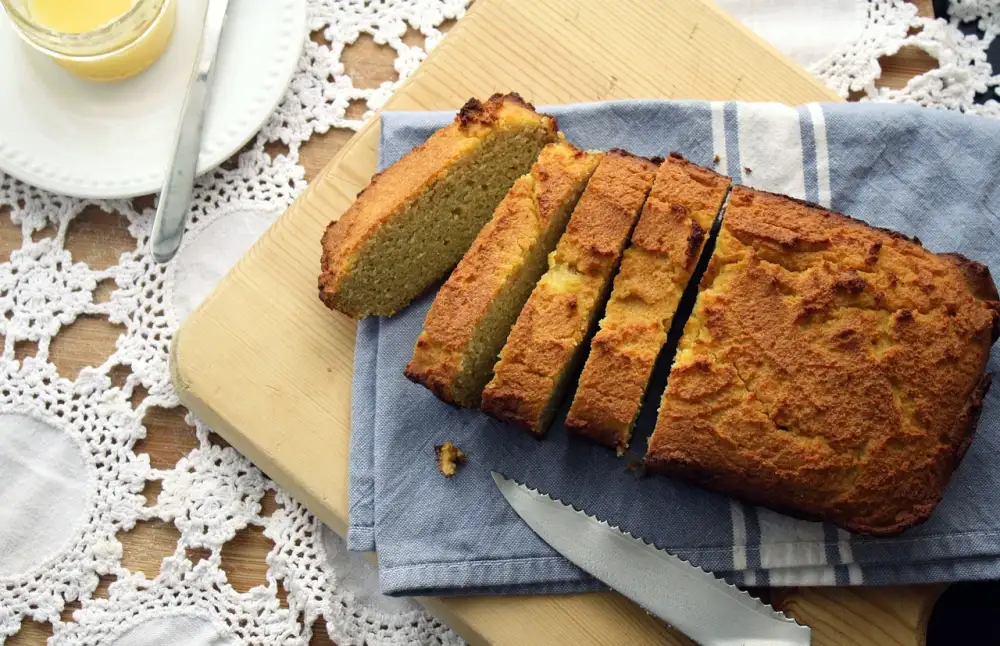Unlock the Secrets of Gluten-Free Flour: A Health-Conscious Guide

- What is gluten and why is it a concern for some individuals?
- Understanding the benefits of gluten free flour
- Different types of gluten free flours available in the market
- Tips for baking with gluten free flour
- Exploring the nutritional value of gluten free flour
- Addressing common misconceptions about gluten free flour
Gluten-free flour has become increasingly popular in recent years, as more and more people are looking for alternatives to traditional wheat flour. But what exactly is gluten-free flour? Simply put, it is a type of flour that does not contain gluten, a protein found in wheat, barley, and rye. This makes it suitable for individuals with gluten intolerance or celiac disease. Gluten-free flour offers a wide range of possibilities for those who want to enjoy baked goods without the negative effects of gluten. Whether you have dietary restrictions or simply want to explore new culinary horizons, gluten-free flour can be a game-changer in your kitchen.
What is gluten and why is it a concern for some individuals?
Gluten is a protein found in wheat, barley, and rye. It gives dough its elasticity and helps it rise. However, for some individuals, gluten can cause adverse reactions. People with celiac disease have an autoimmune response to gluten, damaging the lining of their small intestine. This can lead to nutrient deficiencies and various health issues. Additionally, some people may have non-celiac gluten sensitivity, experiencing symptoms like bloating and digestive discomfort after consuming gluten. As a result, many individuals choose to avoid gluten-containing foods and opt for gluten free alternatives to maintain their health and well-being.
Understanding the benefits of gluten free flour
Understanding the benefits of gluten free flour is essential for those who follow a gluten-free diet or have gluten sensitivities. Gluten free flour allows individuals to enjoy their favorite baked goods without compromising their health. It offers a range of benefits, including improved digestion, increased energy levels, and enhanced nutrient absorption. Additionally, gluten free flour can help maintain stable blood sugar levels and promote weight management. By choosing gluten free flour, individuals can experience these benefits while still enjoying delicious and wholesome foods.
Different types of gluten free flours available in the market
There are several different types of gluten-free flours available in the market today, each with its own unique properties and flavors. One popular option is rice flour, which is made from finely ground rice grains. It has a mild taste and works well in a variety of baked goods.
Another common choice is almond flour, which is made from blanched almonds that have been ground into a fine powder. Almond flour adds a rich, nutty flavor to recipes and is often used in cookies, cakes, and breads.
For those looking for a more versatile option, tapioca flour is an excellent choice. It is derived from the cassava root and has a light texture that helps to bind ingredients together. Tapioca flour works well as a thickener in sauces and gravies, as well as in baking recipes.
Other gluten-free flours include coconut flour, which adds a subtle sweetness to dishes; sorghum flour, which has a slightly sweet and nutty flavor; and chickpea flour, which lends a savory taste to recipes.
When choosing gluten-free flours, it's important to consider their individual characteristics and how they will affect the final outcome of your dish. Experimenting with different combinations can help you achieve the desired texture and flavor in your gluten-free creations.
Tips for baking with gluten free flour
When baking with gluten free flour, it's important to keep a few tips in mind. Firstly, it's crucial to measure the flour accurately as different gluten free flours have different densities. Always use a kitchen scale for precise measurements.
Secondly, consider using a blend of gluten free flours to achieve a better texture and taste. This can include a mix of rice flour, almond flour, tapioca starch, and potato starch. Experiment with different ratios to find the perfect combination for your recipes.
To improve the binding properties of gluten free flour, add xanthan gum or guar gum to your recipes. These ingredients help mimic the elasticity that gluten provides in traditional baking.
Additionally, be mindful of the moisture content in gluten free flours. They tend to absorb more liquid than regular flour, so you may need to increase the amount of liquid in your recipe or add extra eggs or fats like butter or oil.
Lastly, allow your baked goods made with gluten free flour to cool completely before serving. This will help them set and prevent them from crumbling apart.
By following these tips, you can achieve delicious and successful results when baking with gluten free flour.
Exploring the nutritional value of gluten free flour
Exploring the nutritional value of gluten free flour is essential for those following a gluten-free diet. While traditional flours contain gluten, which provides structure and elasticity to baked goods, gluten free flours offer unique nutritional benefits. These flours are often made from nutrient-dense ingredients like almond, coconut, or quinoa. They are rich in fiber, protein, vitamins, and minerals such as magnesium and iron. Additionally, gluten free flours can be lower in carbohydrates and have a lower glycemic index compared to wheat flour. Incorporating these nutritious alternatives into your diet can support digestive health and provide a wide range of essential nutrients.
Addressing common misconceptions about gluten free flour
There are several misconceptions surrounding gluten free flour that need to be addressed. One common misconception is that gluten free flour lacks flavor and texture. While it is true that gluten provides elasticity and structure in traditional baking, there are many alternative flours available that can produce delicious and satisfying results.
Another misconception is that gluten free flour is only for individuals with celiac disease or gluten sensitivity. In reality, anyone can benefit from incorporating gluten free flour into their diet. It offers a wider variety of nutrients, including vitamins, minerals, and fiber, compared to traditional wheat flour.
Some may also believe that gluten free flour is difficult to work with and requires special techniques. While it does require some adjustments in recipes due to the absence of gluten, there are numerous resources available online and in cookbooks that provide guidance on how to successfully bake with gluten free flour.
Lastly, there is a misconception that all gluten free flours are created equal. In fact, there are various types of gluten free flours available on the market, each with its own unique properties and flavors. Experimenting with different types of flours can lead to exciting culinary discoveries.
By addressing these common misconceptions, we can encourage more people to embrace the versatility and health benefits of gluten free flour in their cooking and baking endeavors.
In conclusion, gluten free flour offers a world of possibilities for those seeking a healthier lifestyle. Its versatility allows for the creation of delicious and nutritious baked goods that cater to individuals with gluten sensitivities or dietary restrictions. By embracing gluten free flour, you can unlock a whole new realm of culinary exploration and enjoy the many health benefits it has to offer. So go ahead, experiment with different types of gluten free flours and let your taste buds rejoice in the wonders of this wholesome alternative.
Published: 19. 12. 2023
Category: Health



